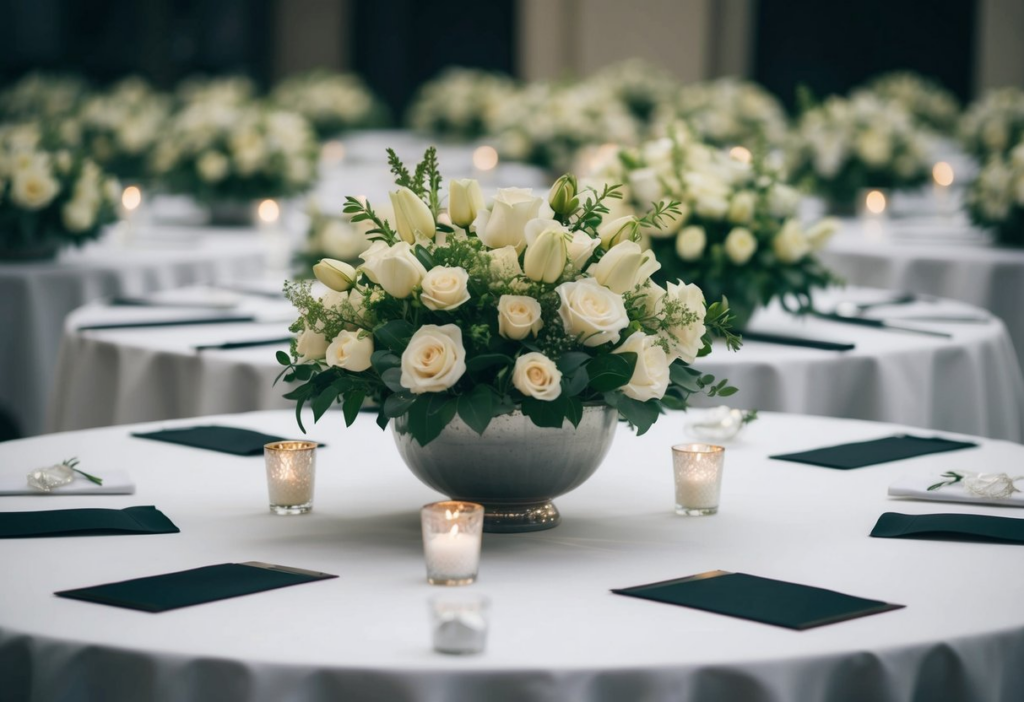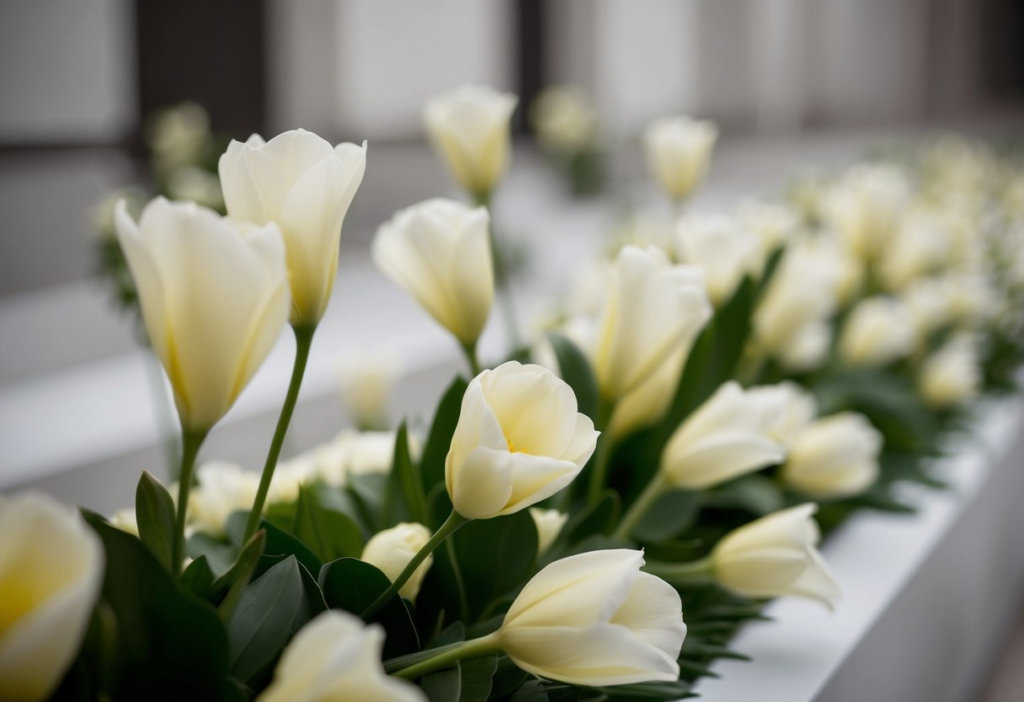During times of loss, words often feel inadequate. That’s where sympathy flowers come in—offering comfort, expressing condolences, and showing support in a quiet yet deeply meaningful way.
Choosing the right flowers for bereavement isn’t just about selecting a beautiful arrangement. It’s about understanding the emotions behind them, the cultural considerations, and how different blooms carry their own messages of remembrance.
If you’re unsure what to send, this guide will help you choose sympathy flowers with thoughtfulness and care.
The Symbolism of Sympathy Flowers
Every flower carries a message, and in moments of grief, the right blooms can offer a sense of peace and support. Some of the most meaningful choices are:
- Lilies – Symbolising purity and peace, lilies are one of the most traditional sympathy flowers.
- Roses – White roses represent reverence, red roses symbolise love and respect, and soft pink roses express grace and admiration.
- Orchids – A delicate and long-lasting flower that conveys enduring love and strength.
- Chrysanthemums – A traditional mourning flower in many cultures, signifying honour and remembrance.
- Carnations – A heartfelt tribute, with white carnations symbolising innocence and pink ones representing remembrance.
Cultural Considerations When Sending Sympathy Flowers
Different cultures and religious traditions have their own customs regarding funeral flowers. It’s always thoughtful to consider these before sending an arrangement.
- Christian Traditions – Commonly include lilies, roses, and carnations in white or soft pastel hues, symbolising peace and remembrance.
- Buddhist Funerals – White flowers are preferred, while red flowers are often avoided.
- Hindu Traditions – While floral tributes are common, it’s best to check with the family as customs may vary.
- Jewish Funerals – Traditionally, flowers are not sent to the funeral, but sending a thoughtful arrangement to the family’s home afterwards is appreciated.
- Chinese Funerals – White and yellow flowers are appropriate, while red flowers should be avoided as they are associated with celebrations.
If you’re unsure, a simple message to the family or funeral home can help ensure your floral tribute is appropriate.
Choosing the Right Arrangement Style
The type of floral arrangement you choose can also carry significance.
- Standing Sprays & Wreaths: Traditionally displayed at the funeral or memorial service, these formal arrangements symbolise eternal life and remembrance.
- Bouquets & Vase Arrangements: A gentler, more personal option, these are ideal for sending directly to the family’s home as an expression of sympathy and support.
- Casket Sprays & Sheafs: Often chosen by immediate family members, these arrangements are placed on top of the casket as a final tribute.
- Potted Plants & Orchids: A long-lasting alternative to cut flowers, potted plants can provide ongoing comfort and a reminder of support during difficult times.
4. What Colours Are Most Appropriate?
While white is the most traditional colour for sympathy flowers, other hues can also convey meaningful sentiments.
- White & Cream – Peace, purity, and remembrance.
- Soft Pastels – Comfort, grace, and warmth.
- Purple & Blue – Respect, serenity, and dignity.
- Yellow – Friendship and celebration of life (appropriate for some cultures and personal preferences).
Bright or vivid colours are typically reserved for celebrations of life, where the focus is on honouring a person’s joy and energy rather than mourning.
5. Thoughtful Additions to Sympathy Flowers
A small personal touch can make your floral tribute even more meaningful.
- A Handwritten Note – A simple message of support can bring comfort. Keep it brief and sincere.
- A Memory Candle – Many florists offer candles as an addition, symbolising light in a time of darkness.
- A Sympathy Hamper – Pairing flowers with a gift hamper containing tea, biscuits, or comfort items can provide extra warmth and care.
6. Sending Sympathy Flowers: Timing and Etiquette
- Funeral Arrangements – If you’re sending flowers to a funeral, aim for them to arrive before the service begins.
- Home Deliveries – If sending flowers to the family’s home, it’s appropriate to do so within a week of the passing.
- Late Tributes – If you missed the funeral, sending flowers a few weeks later is still a thoughtful way to let the family know you’re thinking of them.

Selecting sympathy flowers is more than just choosing a bouquet—it’s about offering comfort, honouring a life, and letting someone know they are not alone in their grief.



